Rushing site preparation in Northwest Arkansas will cost you. Period. The hills, clay soils, and heavy rainfall in our region create problems that can crack foundations and flood basements if you don’t handle them properly from the start.
We’ve fixed too many expensive mistakes that could have been avoided. Here are the five steps you can’t afford to skip.
1. Clear All Debris From Your Land
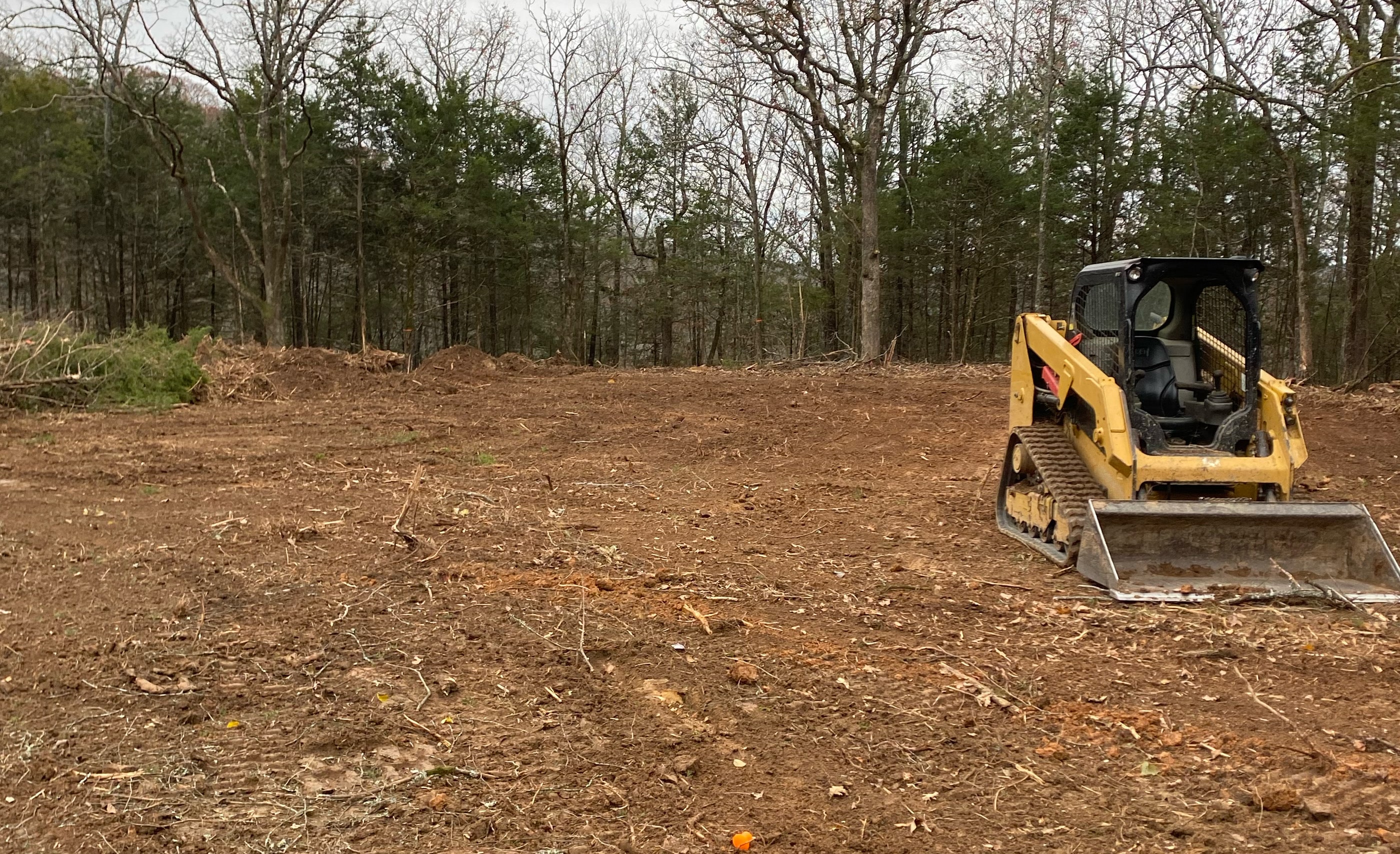
Proper land clearing sets the stage for everything that follows. In Northwest Arkansas, hidden debris can wreak havoc beneath your foundation, creating unstable ground conditions that only surface when costly repairs are required.
To avoid this, you need to:
- Complete stump removal, not just grinding
- Thorough removal of root systems that will decompose under structures
- Identification and removal of any buried debris from previous structures
- Complete debris removal from the site
When organic material decomposes under foundations or driveways, it creates voids that lead to settling and structural damage.
This is particularly common in older properties that may have had previous structures or large trees.
2. Test Your Soil Before You Build

Don’t assume your property has stable ground simply because it appears level or solid.
Northwest Arkansas soils vary widely, even within short distances, and factors such as bearing capacity, clay content, and drainage potential significantly influence your foundation’s performance.
A professional soil test provides clarity, so you can build confidently without fear of future damage:
- Soil bearing capacity determines foundation requirements
- Expansive clay soils require special foundation considerations
- Drainage characteristics affect water management needs
- Some soils require amendment or replacement before building
Expansive clay soils, common in parts of Fort Smith and surrounding areas, can expand up to 15% in volume when wet and contract when dry.
This movement exerts tremendous pressure on foundations, and can cause cracks and structural damage over time.
3. Grade Your Site For Water Control
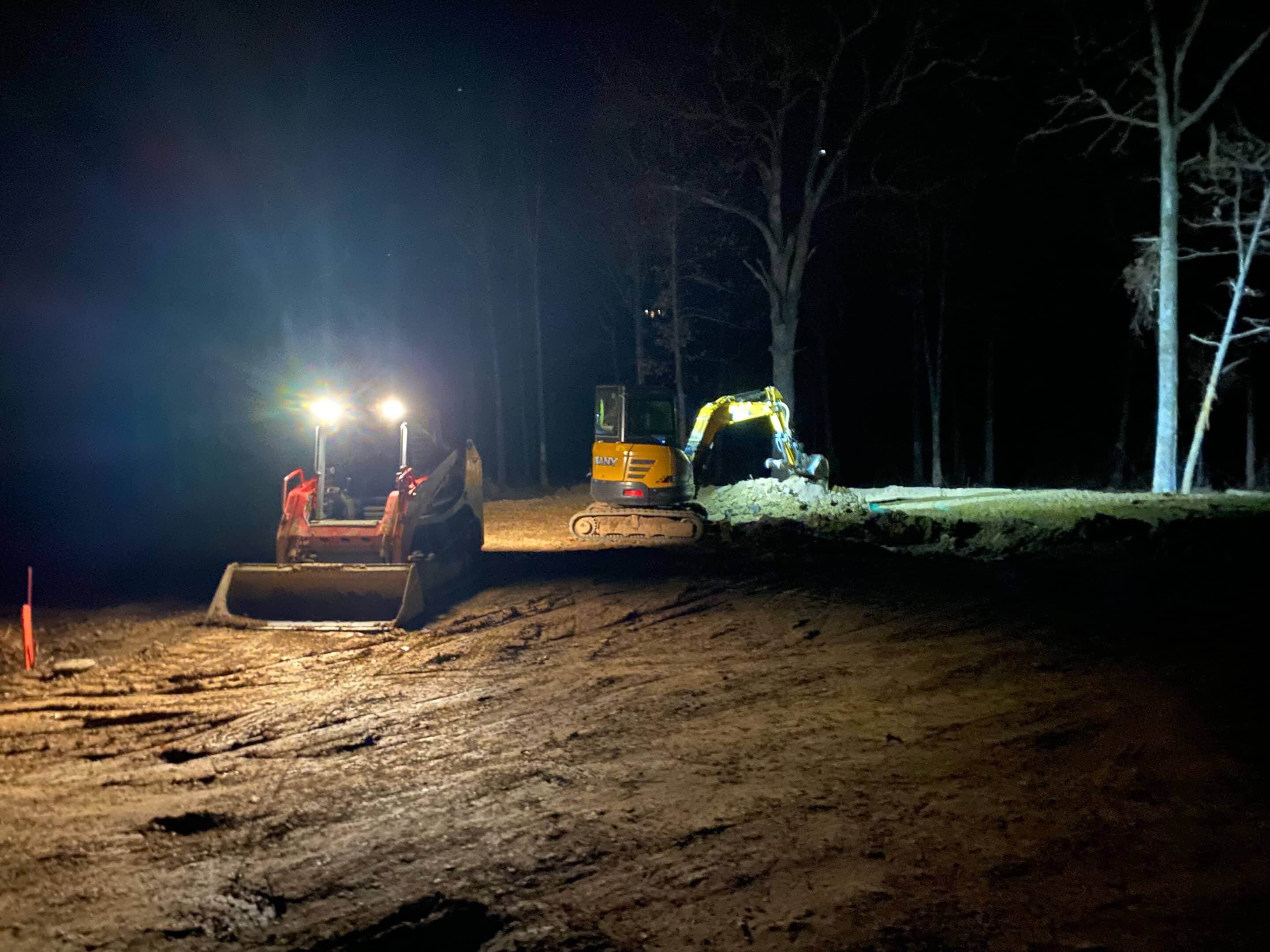
Proper grading is essential for water management:
- Minimum 2% slope away from foundations in all directions
- Working with natural water flow patterns
- Properly designed swales to direct water around structures
- Responsible management of runoff with respect to neighboring properties
The typical recommendation is for land to drop at least 6 inches over the first 10 feet extending from the foundation. This seemingly small slope makes a significant difference in keeping water away from your structure.
4. Install Proper Drainage

Proper grading is subtle but powerful. Just a few inches of slope can make the difference between a dry, stable home and costly water damage during Northwest Arkansas’s heavy rains.
Effective grading directs runoff away from your structure naturally, ensuring water control issues never threaten your foundation or property value.
With over 45 inches of rainfall annually, here’s why proper drainage systems are so important:
- Appropriately sized culverts based on watershed calculations
- French drains in areas where water naturally collects
- Retention areas for properties with significant runoff
- Erosion control measures on sloped areas
A properly designed drainage system accounts for both typical rainfall and occasional extreme weather events.
Systems should be sized to handle at least a 25-year storm event for residential properties.
5. Plan Your Utilities Now, Not Later
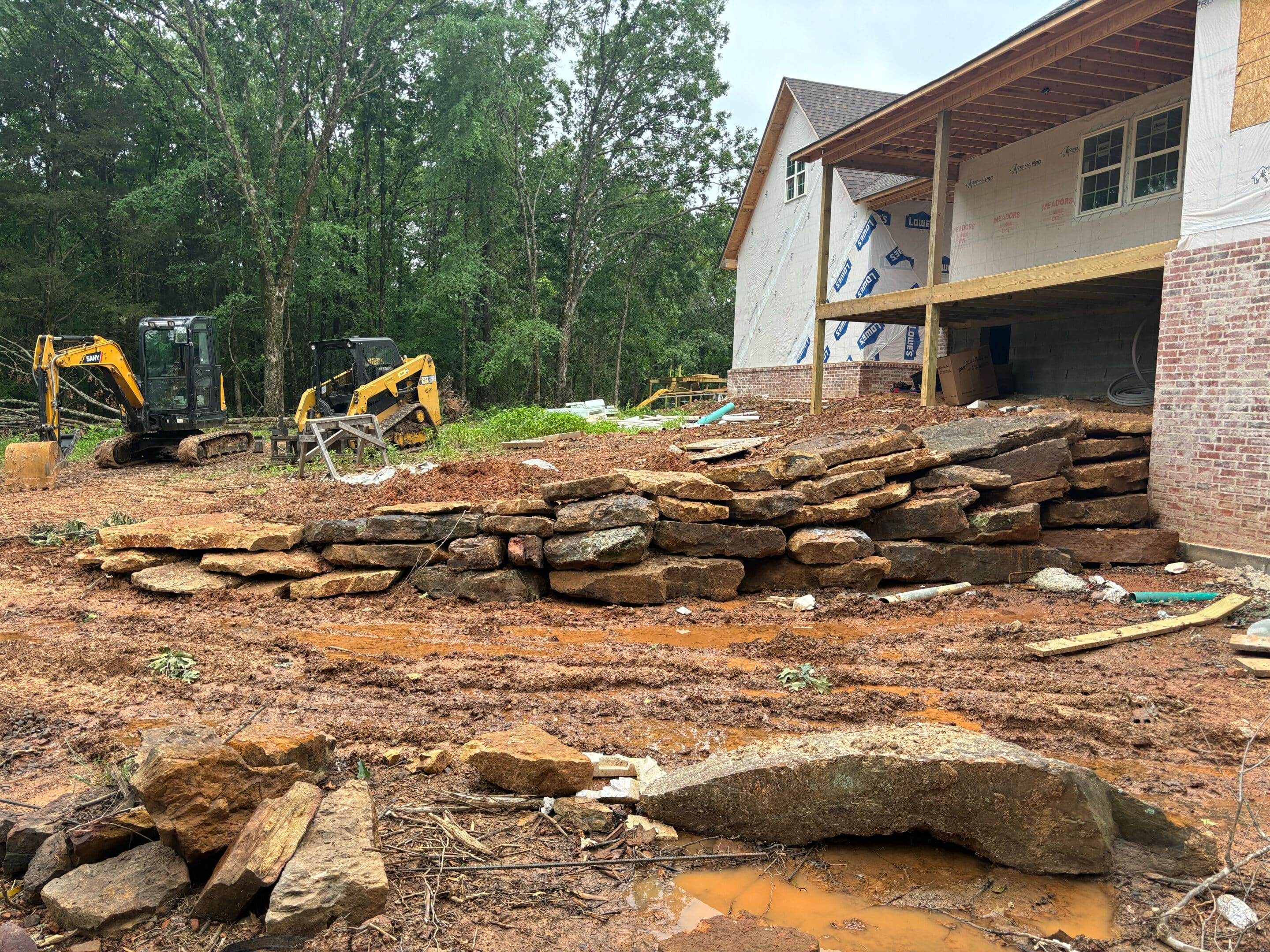
The smartest way to avoid tearing apart your brand-new property is to lay utilities correctly the first time.
During site preparation, clearly mapping out electrical, plumbing, gas, and septic needs eliminates future complications, protecting your home from costly excavation and damage.
Here’s what to pay attention to when integrating utility planning into your site preparation:
- Water lines trenched below the 18-inch frost line for Northwest Arkansas
- Sewer or septic systems designed with correct slopes (minimum 1/4 inch per foot for sewer lines)
- Electrical service planned for both immediate and future needs
- Gas line installation with proper safety measures
Planning utilities during site preparation prevents the need to disturb completed work later, which can compromise structural integrity and drainage systems.
The Economics of Site Preparation
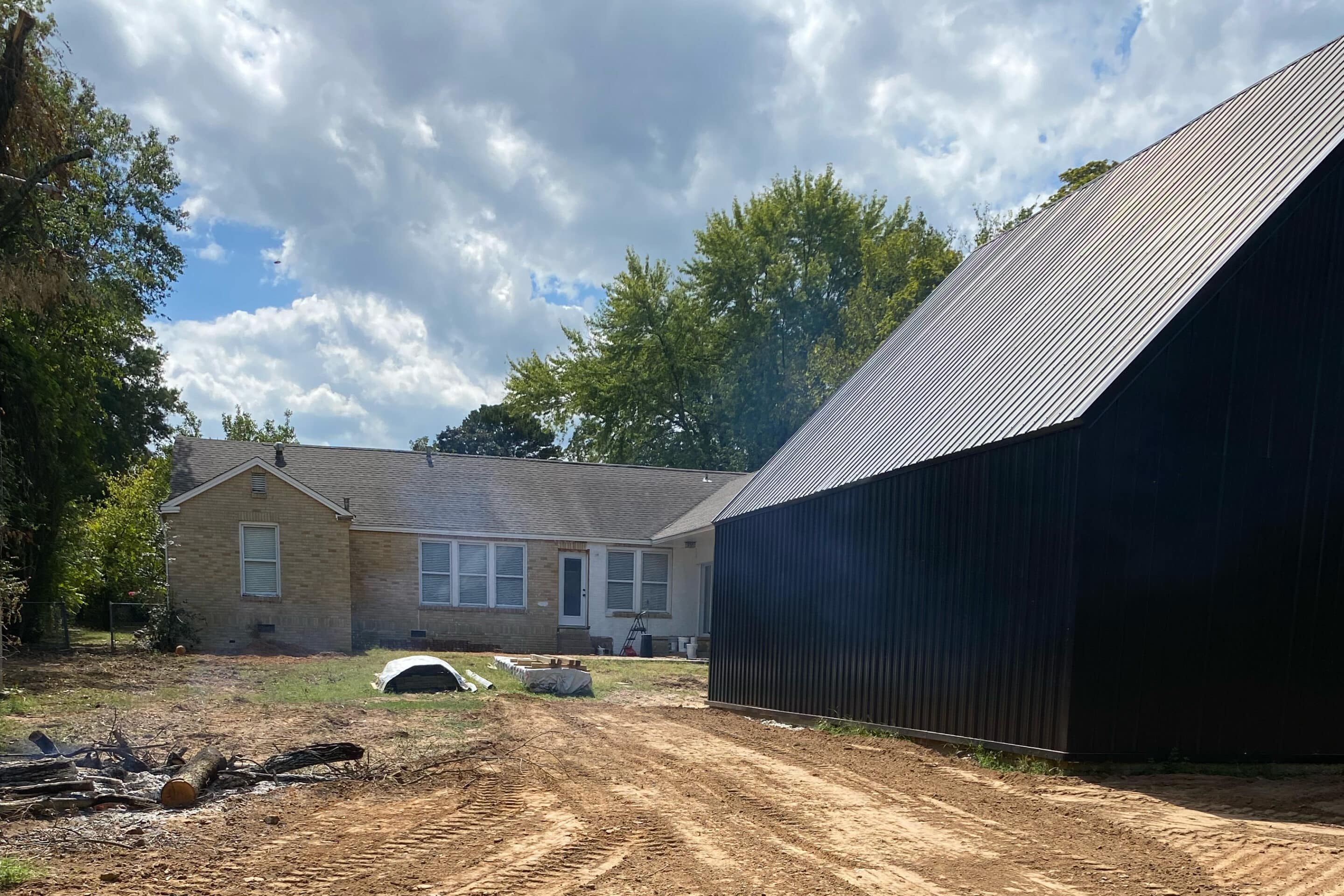
Industry data shows that proper site preparation typically accounts for 8-15% of total building costs in Northwest Arkansas.
However, remediation of problems caused by inadequate preparation can easily reach 25-40% of the original building cost.
Common repair costs in the region:
- Foundation repairs: $5,000-$25,000
- Water damage remediation: $3,000-$10,000
- Erosion control retrofitting: $2,000-$8,000
Optimal Timing for Site Work in Northwest Arkansas
The local climate creates two ideal windows for major site preparation:
- Late spring (April-May): After the ground has dried from winter and spring rains
- Early fall (September-October): Before the ground freezes
Working during extremely wet periods can create soil compaction issues that affect drainage and structural stability for the life of the building.
Don’t Build on Shaky Ground!
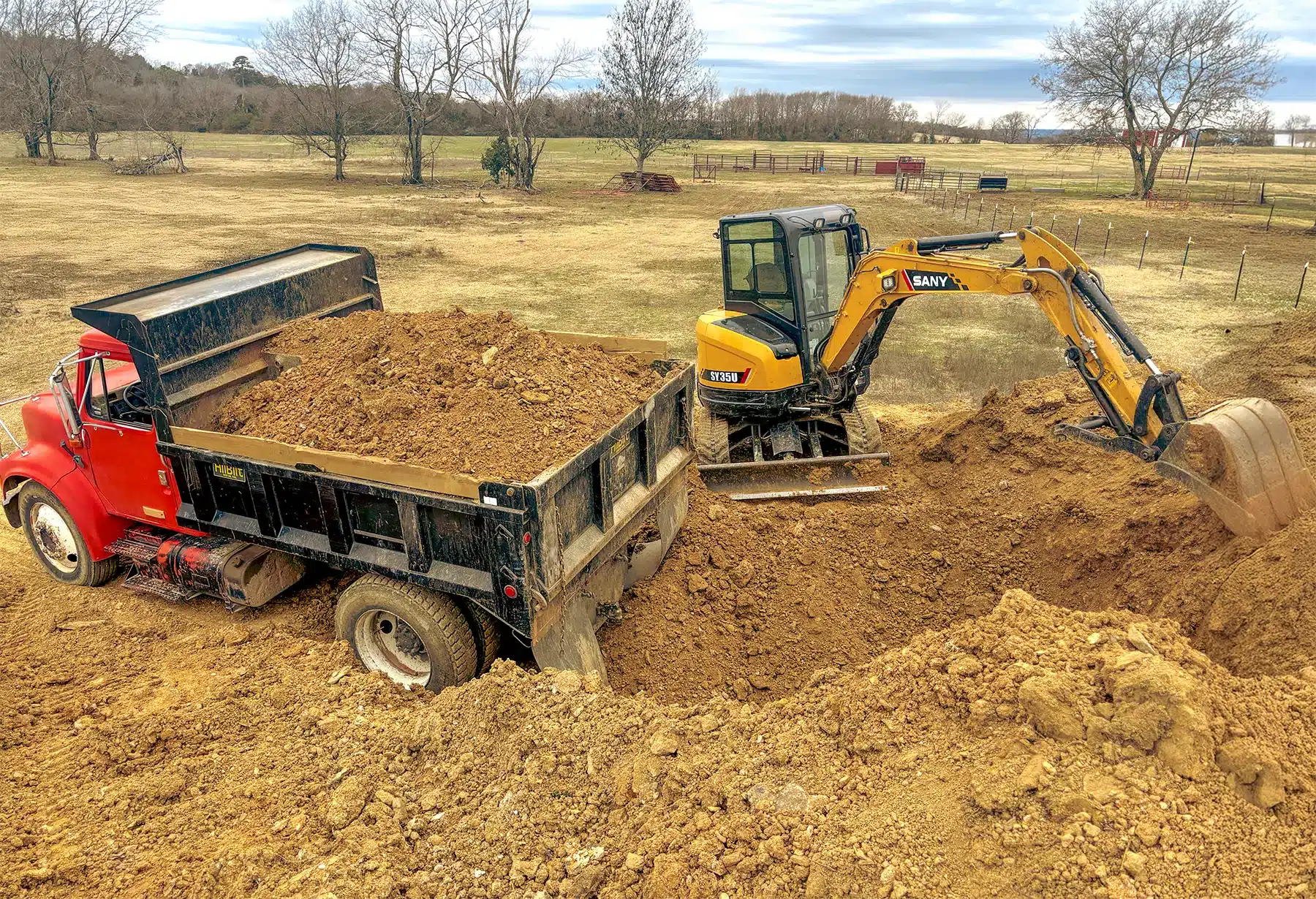
Your home deserves better than rushed site work that’ll cost you thousands down the road. At Terra Movers, we know Northwest Arkansas soil, weather, and terrain because we’ve built on it ourselves.
Let’s talk about what your land really needs. Contact us here or visit terra-movers.com to schedule your free site evaluation.
